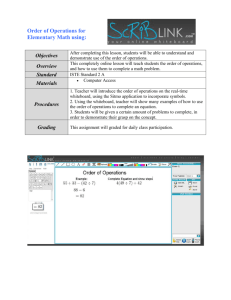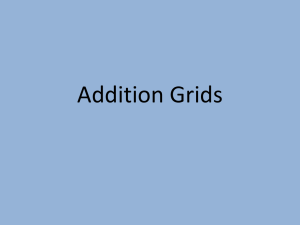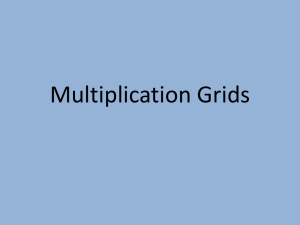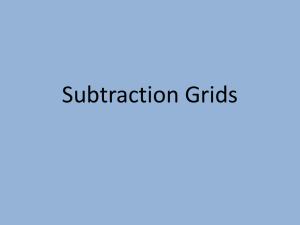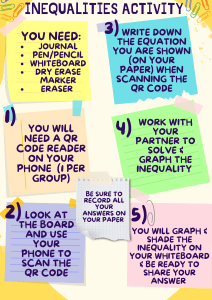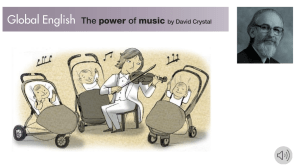Educational Tech Tools: Asynchronous, Whiteboards, Spatial Computing
advertisement
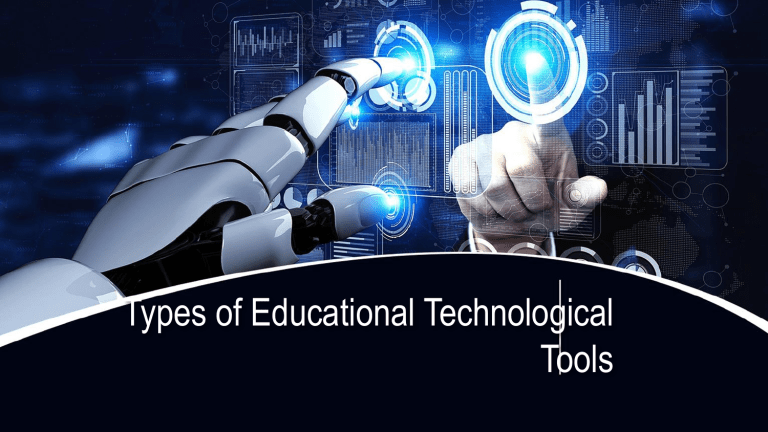
Types of Educational Technological Tools Learning Outcomes At the end of this presentation, you will be able to: • Identify the types of Educational Technological Tools specifically the asynchronous learning, interactive whiteboard and spatial computing. • Determine it's advantages and disadvantages in teaching and learning process. ASYNCHRONOUS LEARNING Asynchronous learning is a type of learning in which the student and teacher are not directly communicating in real-time. In the world of online learning, this allows you to learn at your own pace regardless of timezone, location, or schedule. Advantages of asynchronous learning • Unlimited learners •Optimized classroom discussion •Flexible scheduling •Feedback and interaction is available •Affordability Disadvantages of Asynchronous Learning • Isolation •Requires Self-discipline •Lack of Instant Feedback •Limited Contact with an Instructor Examples of Synchronous Learning: •Watching pre-recorded lecture videos or lessons. •Viewing video demonstrations. •Reading and writing assignments. •Research projects •Online class discussions via course discussion boards INTERACTIVE WHITEBOARD An interactive whiteboard, sometimes called an interactive smart whiteboard or electronic whiteboard, is an educational technology tool that allows teachers to display their computer screen or mobile device’s screen onto a whiteboard mounted to a wall or mobile cart. It is a large white screens that connect to computers and projectors, allowing teachers and students INTERACTIVE WHITEBOARD Advantages of Interactive Whiteboard •Encourage Student Engagement •Makes the Learning Process More Enjoyable •Internet Connectivity •Accommodates Different Learning Styles •Makes Lesson Revision More Convenient •Reduces Classroom Costs Disadvantages of Interactive Whiteboard •Length of Time Required for Lesson Preparation •Insufficient Training Can Lead to Problems •Student Height Limitations •Problems with Lighting and Display •High Cost of Purchase, Installation, Training, and Maintenance How to Use an Interactive Whiteboard in the Classroom? • An interactive whiteboard can be used to organise information more effectively, provide digital charts and visuals for students, use the board for question and answer sessions and use reinforcing visual and audio features for students. SPATIAL COMPUTING SPATIAL COMPUTING Spatial computing is a technology that enables computers to blend in with the physical world in a natural way.It can provide students with an interactive learning experience. By utilizing 3D objects, students can explore and interact with their surroundings in ways that SPATIAL COMPUTING Advantages of Spatial Computing • Can create a more natural and realistic interface • Improves the user engagement and satisfaction •Allows users to visualize and simulate designs, complex data and concepts. •Provides a collaborative experience. •Can respond in real time by using sensors, cameras, and other advanced input devices. DISAdvantages of Spatial Computing •Involves more complex technologies. •It requires highly advanced and sophisticated hardware and software systems. •Requires specialized expertise in the field of different technologies • Very expensive due to its technology components • Has some physical limitations. • The development and maintenance of spatial computing is more time consuming How to Use Spatial Computing In the Classroom ? Spatial computing can provide an engaging and interactive learning experience that enhances knowledge retention and skills acquisition. For example, medical students can use spatial computing to practice surgical procedures in a virtual environment that simulates realworld conditions. THANK YOU ☺️ PREPARED BY: GROUP 3 Ganar, Myline Palanas, Julius Antubo, Marilou Agot, Nico Fabian, Aira Mae Asma, Mae Kyle Palinta, Mailyn
